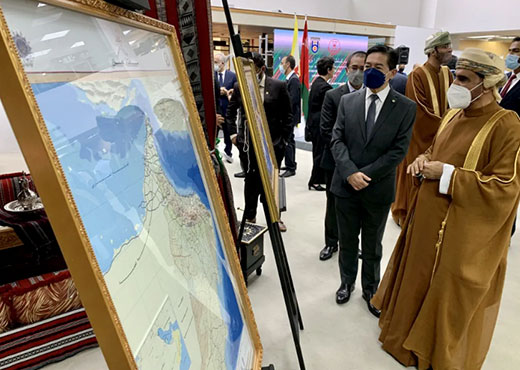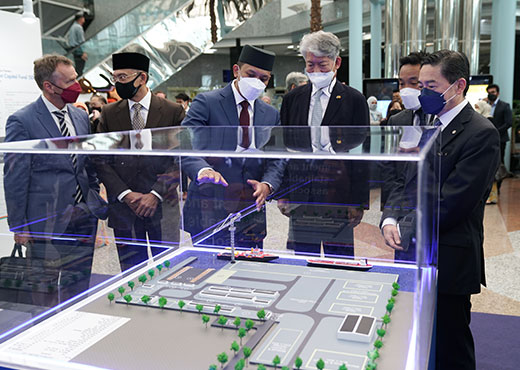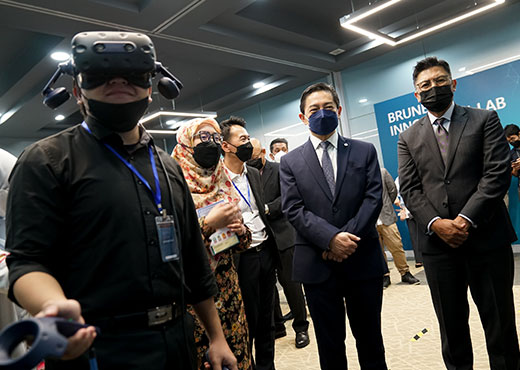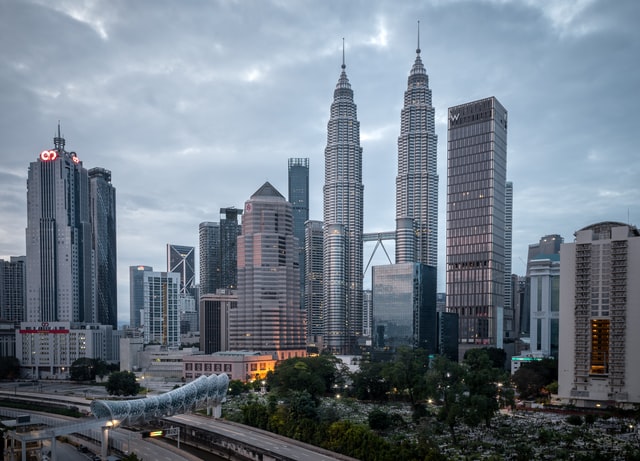The measure to lower transfer and mortgage fees for properties costing more than three million baht was meant for Thai nationality only, the government spokesman said on Friday.
“The interior ministry’s announcement which came into effect since January 18 was meant for Thai nationality only,” Thanakorn Wangboonkongchana told reporters.
He was referring to the Ministry of Interior’s measure to lower transfer and mortgage fees for properties costing more than three million baht from two per cent down to 0.01 per cent which was approved by the Cabinet and came into effect in January.
Government critics were attacking the government for introducing incentives for foreigners to buy up lands in Thailand.
“The government never had an idea to allow foreign nationals to use this privilege,” he said.
Thanakorn explained that the Ministry of Interior’s latest measure to allow foreigners who invest 40 million baht for at least three years in Thailand to purchase a residence on a one rai of land does not relate to the interior ministry’s announcement of the lowered transfer and mortgage fees in January.
Deputy Interior Minister Nipon Boonyamanee said on Wednesday that the ministry will propose the measure to allow foreigners who invest 40 million baht for at least three years in Thailand to purchase a residence on a one rai of land to the Cabinet but he did not say when.
Only four groups of foreigners will be allowed to participate including affluent individuals, retirees, job seekers and experts within targeted industries.
The right to own land will be in line with existing laws, including that can purchase only 49 per cent of rooms in each condominium, Nipon said.
He also echoed Thanakorn’s latest comments that only Thais will have the right to receive a 0.01 per cent transfer and mortgage fees for residences and condominiums that do not cost more than three million baht.
Thanakorn said if the ministry’s latest measure is approved by the Cabinet, it could increase the number of affluent foreigners living in Thailand by one million people and they could contribute more than one trillion baht to the Thai economy, 800 billion baht via new investments and 270 billion baht via tax collection.
Source : THAI ENQUIRER
























